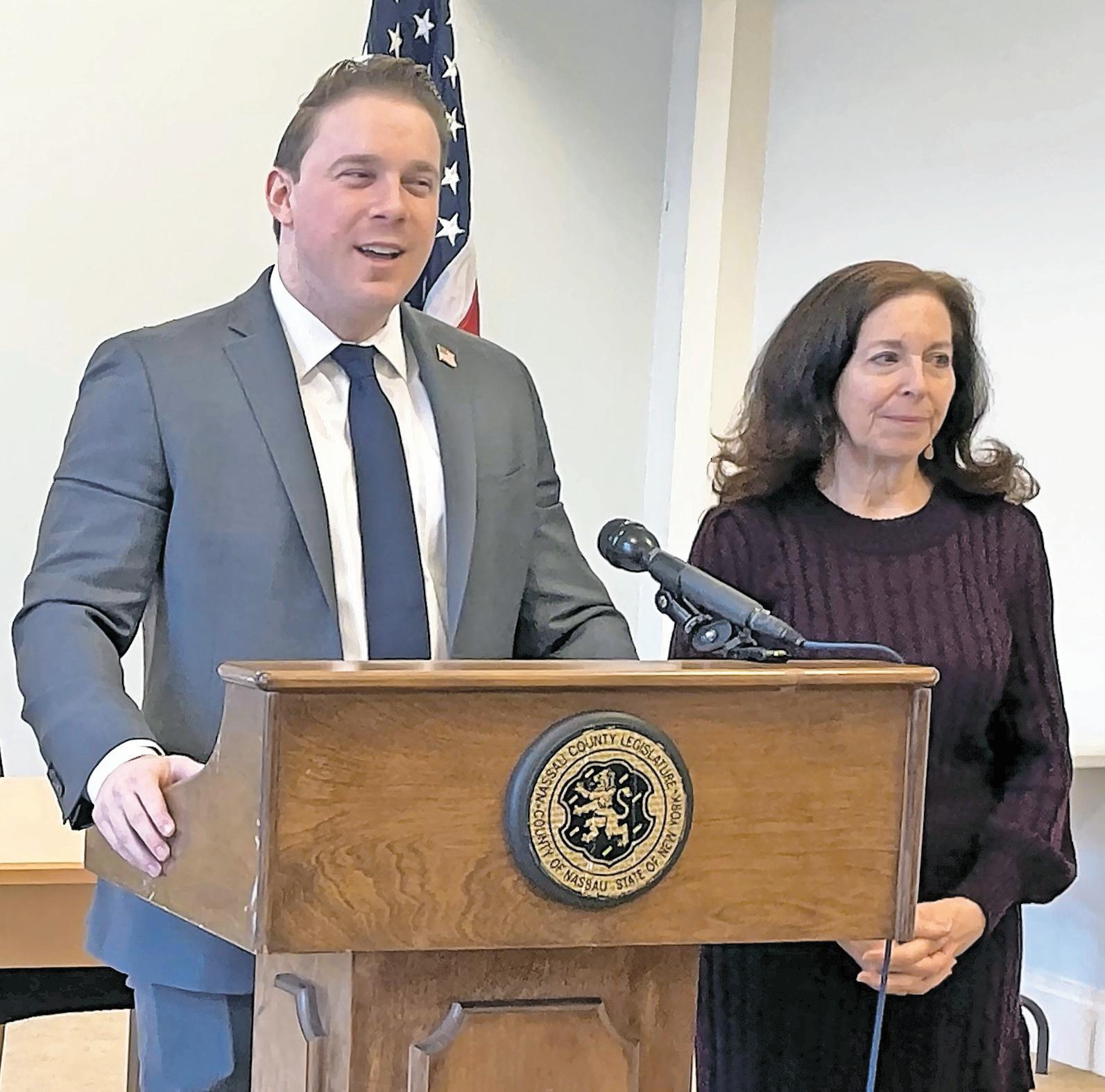
1 minute read
Lafazon’s bill takes aim at climate change
another major threat posed by climate change. As the world continues to warm, major hurricanes and tropical storms will continue to batter Long Island, putting entire communities at risk.
Another threat comes from Long Island’s reliance on a sole-source aquifer, which is the only source of freshwater for the nearly 3 million residents on the island. The aquifer is already strained from widespread use, and rising water levels and other effects from climate change could see increases in saltwater pollution in the aquifer in the coming years.
“This is all to say that there is no more time to debate something that is scientifically factual, and the actions that we take now will protect Long Island for generation after generation to come,” Lafazan said. “This is not hyperbole. Powerful, once-in-a-generation storms that happened once a century are now happening once a month.”
Lafazan’s proposal requires the county to create and deliver a carbon neutrality action plan to the legislature no later than Dec. 1, 2024, as well as provide progress updates starting from Dec. 24, 2024.
The proposal would also empower the county executive to seek state and federal grants to support the project, as well as create a carbon neutral advisory panel made up of local experts.
While New York state has already made a pledge to become carbon neutral by 2050, Lafazan’s plan would speed up the process for Nassau County.


The plan will not require Nassau County residents to adhere to any new mandates, but will put the onus for the change on local municipal governments.
Lafazan was joined during the press conference by Adrienne Esposito, the executive director of the Citizens Campaign for the Environment, a local nonprofit that works to promote climate awareness through education, research, lobbying and public outreach.

Esposito reiterated the dangers of not being focused on addressing the risks of climate change, and commended the proposed bill for its focus on protecting the environment and Long Island residents.
“We need to take bold actions to reduce carbon emissions to just try to stem the tide of climate change impacts,” Esposito said. “What we do matters. Local government’s actions matter.”


Lafazan and Esposito also discussed what Nassau County was currently doing to improve its infrastructure and address climate issues. Nassau County has been working on improving its coastal resiliency as well as increasing drainage infrastructure.
However, Lafazan claimed, “The irony here is that we wouldn’t need to do any of that if we just reduced our carbon emissions.”








